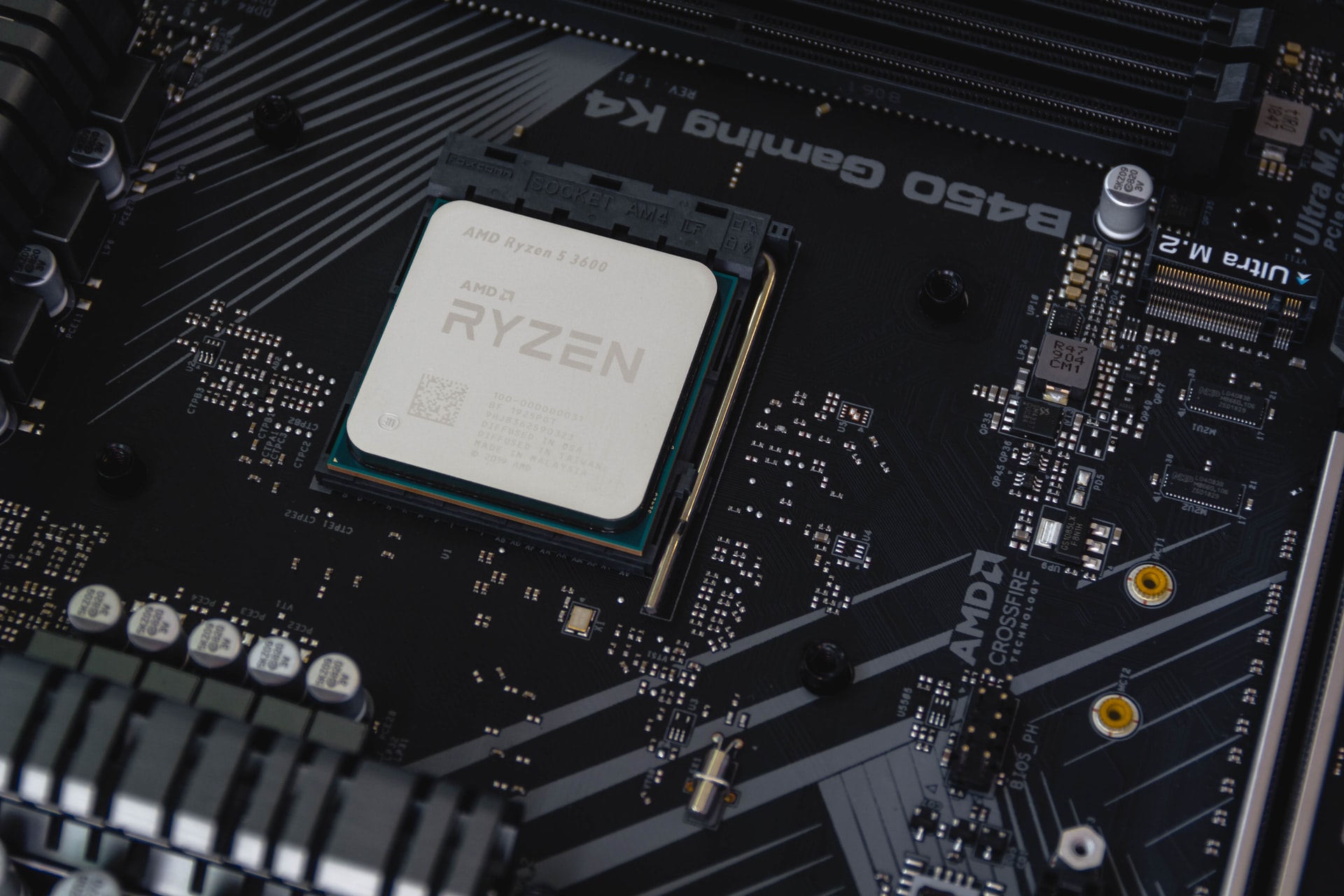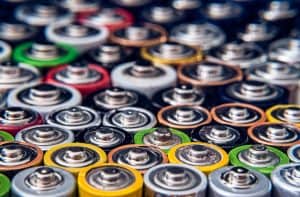
Everyday Uses of Metalloids
March 7, 2024 - Emily Newton
Revolutionized is reader-supported. When you buy through links on our site, we may earn an affiliate commision. Learn more here.
We encounter a variety of different elements every single day, from the fluoride in your toothpaste to the sodium and chlorine in your table salt, but some of them are more common than others. Today, we’re going to take a closer look at some elements that you might not encounter — or want to encounter — during your daily activities: the semimetals. What are metalloids and where might you use them during your everyday activities?
Examples of Metalloids and Their Properties
Metalloids, also known as semimetals, fit between the metals and nonmetals on the periodic table, but what are metalloids, really? They are tricky to define because they have what is known as intermediate properties, meaning they can present properties that could belong to either the metals or nonmetals group. There’s no definitive answer as to which group these elements belong. For most scientists, it’s a judgment call.
Yes, you read that right. Even scientists have trouble answering the question ‘what are metalloids?’
The elements ‘officially’ included in the semimetals group are:
| Common Metalloids | Uncommon Metalloids |
|---|---|
| Silicon | Antimony |
| Boron | Tellurium |
| Arsenic | Polonium |
| Germanium |
Silicon is the second most abundant element found in the Earth’s crust. The only element more abundant is oxygen.
Another thing that is strange about the semimetals on the periodic table is that they don’t appear on the periodic table in a straight vertical or horizontal line – their group line is diagonal.
Chemical and Physical Traits
Elements belonging to the semimetals group can be strange. They look like brittle metals, but their chemical behavior is distinctly non-metallic. They can, and generally do, form alloys with the metals around them, making them stronger and giving them metallic properties.
Whether or not these elements present metallic properties depends on the substances with which they’re interacting. Boron, for example, will act like a nonmetal when interacting with the volatile element sodium but will behave like a metal element when interacting with fluorine.
One of the most coveted properties of metalloids is the fact that under certain conditions, they can act as conductors. This trait, of only conducting electricity under certain circumstances, is known as semiconductivity.
Real-Life Applications
Where might you find these elements during your daily activities? Most of them are more common than you might think. What are some uses of metalloids in our daily life?
Silicon
Silicon is easily one of the most useful elements on the planet. It’s the second most abundant element in the Earth’s crust and gets its name from silex, the Latin word for Flint. It earned this moniker because it is gray and metallic when in a crystalline form, resembling the stone it borrows its name from. If you’re reading this article on any sort of electronic device — cell phone, laptop, computer or tablet — then you’re utilizing silicon. Its natural abundance in the Earth’s crust makes it perfect for widely manufactured materials like electronics.
The human-made polymer silicone is a favored material from an environmentalist perspective because of its durability. It makes a viable alternative to most plastic products. It is not typically commercially recyclable or biodegradable, but its structure makes it break down less easily than other materials. This means it pollutes the environment less, which is essential as microplastics are becoming increasingly worrisome.
Uses for Silicon
- Computer components: Silicon is a semiconductor, making it ideal for computer chips and other electronic components. Mixing it with other elements like boron, gallium and phosphorus increases its conductivity and makes it even more useful.
- Rubber: Silicon forms a polymer when mixed with oxygen. These silicones are present in all sorts of rubber products but are most common in waterproof sealants like the ones you’d use around a bathtub or sink.
- Automotive engines: Alloys of aluminum and silicon are a common choice for building engine parts, including the block and cylinder head.
- Solar panels: Mono- and polycrystalline solar modules are almost made completely out of silicon. It is one of the primary factors in falling solar panel prices and why most warranties are around 25 years. The inexpensive and dependable nature of silicon is the reason.
Boron
Boron dates back to the early 1800s when researchers combined boric acid with potassium, isolating boron as a brand new element. The element gets its name from a combination of two words — buraq In Arabic and burah in Persian. Both are the languages’ respective words for borax.
The metalloid is essential for controlling flames because it has fire-retardant properties. Throwing it on wood or other materials eliminates its combustible traits. The right mixture can also create boric acid, which firefighters can use on buildings and in forests to release non-toxic smoke with a peak temperature. It’s so effective that it could control commercial fires from coal plants, which is what makes it relatively expensive to produce.
Uses for Boron
- Fireworks: Perhaps the most explosive use for a metalloid on our list. Boron burns a bright green, making it a popular choice for fireworks and pyrotechnics. You can even make your own green flame by mixing borax or boric acid with methanol and lighting it.
- Cleaning: You probably have some boron in your kitchen or garage in the form of borax or boric acid. This popular cleaning agent is primarily non-toxic and can even work as pest control.
- Bakeware: Pyrex is one of the most popular brands of glass bakeware. If you have some in your kitchen, then you’re using another form of boron. Pyrex used to use borosilicate glass, which is durable and resistant to thermal shock. Borosilicate glass mixes the first two elements on our list — boron and silicon.
- Nuclear reactor regulation: Boron naturally absorbs neutrons present in nuclear fission. These powerful reactions require taming, which boron can do without undergoing fission itself. In emergency situations, boron may even be able to halt the reaction altogether.
Arsenic
Arsenic is one element that you really don’t want to run into and has developed a bad reputation because of its historical use and polluting qualities. Sometimes, it appears in unfortunately high quantities in waterways, leading to long-term health conditions in affected areas. This element is incredibly toxic and is perhaps best known for its use as a poison for assassinations.
Being poisonous doesn’t mean that there aren’t any uses for this element, however. It’s time to reframe arsenic and notice its usefulness — while practicing reasonable caution.
Uses for Arsenic
- Wood preservation: Arsenic’s toxicity isn’t just limited to humans. It’s also an effective insecticide and is useful for treating wood to protect it against pest damage. In recent years, many lumber companies have moved away from arsenic in favor of copper treatment to accomplish the same goal without the substance’s inherent toxicity.
- Semiconductor: When alloyed with gallium, arsenic presents semiconductor properties. You’ll occasionally find arsenic semiconductors in LEDs.
- Gene silencing: In spite of its toxicity, an incredibly small amount of arsenic is necessary to keep you healthy. Arsenic plays a role in gene silencing, your body’s response that prevents the expression of a particular gene.
- Pesticides: This is a less common employment because so much of arsenic is invested in wood preservation, but it used to be a popular pest-controlling ingredient. It’s important to note this ingredient has been discontinued in most places, due to how much it contaminates the soil. It might have been effective, but the side effects are no longer worth it with modern pest-control methods.
Antimony and Germanium
Antimony dates back to ancient Egypt, though scientists didn’t officially classify it until 1707. Its name comes from two Greek words — anti and monos. Combined, the two words mean “not alone” because it is very rarely found on its own in nature. Germanium, on the other hand, didn’t get isolated until 1886. Both have similar uses, so they often get lumped into the same groups.
These two examples of metalloids are not common, making most commonplace uses of them rather expensive. Additionally, most of the world’s antimony, for example, is monopolized in China, exacerbating potential cost concerns.
Uses for Antimony and Germanium
- Semiconductors: Both antimony and germanium have multiple applications as semiconductors. They’re often combined with other elements to improve their conductivity.
- Cosmetics: Ancient Egyptians used antimony — in the form of its base element stibnite — as eye makeup for centuries before scientists finally classified and named it.
- Paints and stains: The ancient Egyptians had the right idea. Antimony is still used today to color various paints and stains for pottery and glass work.
- Lenses: Cameras and microscopes require germanium because of how well the element naturally refracts and spreads out light and images.
Tellurium and Polonium
Miners discovered tellurium by accident while trying to extract antimony from gold. You’ll occasionally find tellurium on its own in nature, but it prefers to spend its time in ores like sylvanite and calaverite. Strangely, even the most acute exposure to tellurium will cause a weird side effect known as tellurium breath. It makes your breath smell like garlic, and it’s unfortunately coupled with other symptoms like nausea and headache. It might be why its uses are minimal.
Marie Curie, the famous chemist, discovered polonium and named it for her home country of Poland. The bold choice caused political tension after Russia’s long-standing domination over the country. Not many metalloids can claim to have this much of a social and political impact. This element is one you really don’t want to encounter because it’s highly radioactive. It’s also one of the rarest elements in this family.
Uses for Tellurium and Polonium
- Steel alloy: Tellurium, when alloyed with steel, makes the metal easier to machine and shape.
- Blasting caps: Tellurium is one of the primary components in blasting caps.
- Lunar rovers: Polonium’s only practical application is in space travel. It’s been the power source for numerous lunar rovers.
- Static remover: Polonium is necessary for manufacturing wire and metal products because it eliminates static electricity, making conditions safer.
Familiarizing with Everyday Metalloids
Some of these elements are definitely more common than others, but they all have their uses. The malleability, radioactivity and availability of metalloids make them versatile in application. It’s possible the future will find even more ways to manipulate them for innovations.
The next time you pick up your cell phone or boot up your computer, remember to thank Jons Jacob Berzelius who discovered silicon in 1824. The modern computing age wouldn’t be possible without him.
This article originally published 07/05/2018. We updated it on 03/07/2024 to add more examples in each section.
Revolutionized is reader-supported. When you buy through links on our site, we may earn an affiliate commision. Learn more here.
Author
Emily Newton
Emily Newton is a technology and industrial journalist and the Editor in Chief of Revolutionized. She manages the sites publishing schedule, SEO optimization and content strategy. Emily enjoys writing and researching articles about how technology is changing every industry. When she isn't working, Emily enjoys playing video games or curling up with a good book.




